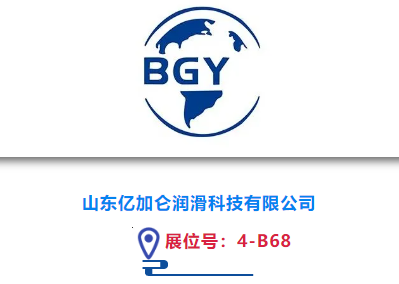Both Raley’s and Grocery Outlet plan to start installing natural-refrigerant systems.

Pete Marotta, director of sustainable store planning, Grocery Outlet at ATMO America 2018.
Photo Credit: Ben Beech
At ATMOsphere America 2018, two U.S.-based independent small retailers – Raley’s (121 stores) and Grocery Outlet (over 300 stores) – announced plans to start installing natural refrigerant systems in the coming years.
“We’re probably a year away from starting it up,” said Ed Estberg, who previously worked for Raley’s and is now working as a consultant on refrigeration systems since retiring from the retailer in May 2009.
Estberg, who was representing Raley’s at the natural refrigerants conference in Long Beach, Calif. (June 12-14 2018), said the grocer had made the decision to opt for ammonia DX (direct expansion) systems in its larger, meaning most, of its stores.
“For the downtown stores or the real small stores, they will be doing transcritical CO2,” he said.
The reason they are going down the ammonia route rather than CO2 transcritical in most stores is related to the simplicity, reliability and efficiency of the ammonia system build, according to Estberg: what Raley’s calls ‘SRE’.
The ammonia system is ‘simple’ as it is basically the same as the old system it has been working with for some time.
It is ‘reliable’ as it has more standard industry parts, has lower operating pressures, no high side regulators, low speed compressors, more standard industry parts and a proven reliable control system.
“Our failure rate [with our chemical refrigerant-based systems] is virtually zero in 25 years. So I am pretty happy with the reliability of our compressors," Estberg said.
The new system is also more efficient in hot and cold climates, twice as efficient as CO2, and modelling suggests a CO2 transcritical system would mean $38,000 more electricity costs per year.
Raley’s will start using the technology soon, according to Estberg.
A natural refrigerants journey
Grocery Outlet is only at the start of its natural refrigerants journey and is looking at testing natural-refrigerant systems in 2020.
This might not be early enough, according to Avipsa Mahapatra, climate campaign lead at the Washington D.C.-based Environmental Investigation Agency (EIA), who challenged the retailer from the audience at ATMO America to start sooner.
“We definitely would like to see it sooner than 2020,” Mahapatra said.
Pete Marotta, director of sustainable store planning, Grocery Outlet explained that rolling out natural refrigerant-systems would take some time due to the high costs of natural refrigerant systems and charge limits.
Yet he did say that, “we have to go towards natural refrigerants” like water loop self-contained R290 systems, which he is looking into. To do this, charge limits would have to go up from 150g to 500g, Marotta argued.
“We have to lobby for the change on those propane limits.”
– Pete Marotta, director of sustainable store planning, Grocery Outlet
“If we’re going to get that charge up, then we can do self-contained cases [...] We have to lobby for the change on those propane limits.”
A proposed International Electrotechnical Commission (IEC) standard, which would increase the charge limit from 150g to 500g for hydrocarbon refrigerants worldwide is being considered by the national committees of the IEC, with a July 13 deadline.
During a meeting last October in Vladivostok, Russia, IEC subcommittee SC61C decided to advance the draft amendment of IEC 60335-2-89 standard for commercial refrigeration, prepared by Working Group WG4, to the next stage in the process (CDV; Committee Draft for Vote).
If it passes, U.S. standards bodies should incorporate it in the next few years.
Marotta hopes for a ‘yes’ vote, stating that self-contained propane cases are “critical” to his natural refrigerant strategy.






















